COPA travaille fort d’année en année à défendre les intérêts de tous les pilotes canadiens. Nous savons pertinemment que les enjeux qui affectent notre liberté de voler peuvent affecter la survie de l’aviation générale ici, mais aussi servir d’exemple à l’international. Voici quelques-uns des nombreux exemples où l’intervention de COPA s’est avérée favorable à l’aviation générale au pays (traduction en cours):
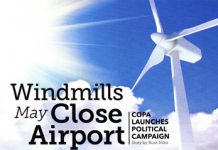 WIND TURBINES – COLLINGWOOD AND STAYNER AERODROMES
WIND TURBINES – COLLINGWOOD AND STAYNER AERODROMES
With COPA’s Freedom to Fly Fund and our member’s devotion, a panel decided the proposed wind turbines would pose a threat to humans and the final decision was not appealed. We clearly believed this to be a threat to aviation and we will be using this outcome as a lesson for similar situations across the country. Click here for a full account of the proceedings.
Airports
 Preserving the Federal Jurisdiction over Aviation
Preserving the Federal Jurisdiction over Aviation
COPA funded the successful defense of a court case where a municipality sought to control the building of facilities on airports (the Henry Longhurst case). The case set a precedent confirming that airports and buildings on airports were under a federal jurisdiction and not municipal. This effort culminated in two decisions by the Supreme Court of Canada in which the Court upheld COPA’s position that jurisdiction rested exclusively with the Federal Government. In 2005, COPA won a landmark legal case in British Columbia (Regional District of Comox-Strathcona v. Hansen (2005)) where the court upheld that municipalities cannot regulate aerodromes or aeronautics.
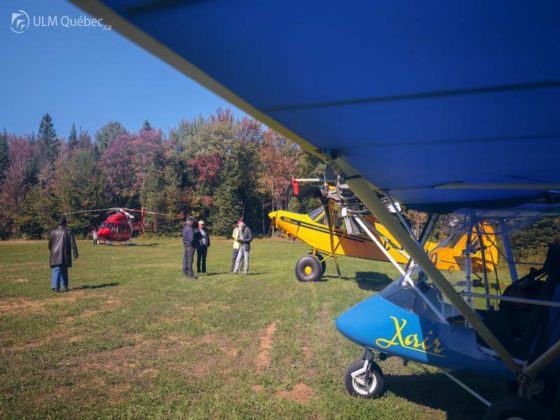 Saint-Cuthbert Airport
Saint-Cuthbert Airport
Guillaume Narbonne, a COPA Lifetime Member who founded ULM Québec, was met with community protests as soon as he acquired the property for development of his ULM Québec Recreation Centre in rural Saint-Cuthbert in 2016. Municipal authorities tried but failed to stop the project, which was completed in 2017. The Small Claims Court of Quebec eventually ruled in favour of a group of citizens who persuaded a judge that their property values fell since the establishment of the small airfield (CU2) that hosts ultralights and other light aircraft. Mr Narbonne was ordered to pay an average of $15,000 to each of his 10 neighbours, plus the court costs.
Mr Narbonne did not accept the court ruling and, with COPA’s help, pursued the case. In late July 2020, a Quebec Superior Court judge overturned the lower court decision, citing the lack of opportunity given to the attorneys general of both Quebec and Canada to participate, given the constitutional nature of the issue.
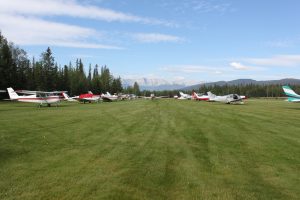 Banff and Jasper Airports
Banff and Jasper Airports
The fight to save the Banff and Jasper airports was spearheaded by local COPA members. The legal fees leading to the court injunction were paid from COPA’s Freedom to Fly Fund and feedback to the politicians and bureaucrats was provided by COPA members. In 2013, the federal government announced that the airstrips would remain open.
Sault Ste Marie Airport Fees
Beginning in the late 1990s, COPA lobbied the Sault Ste. Marie Airport Development Corporation to show that that the $12.50 landing fee the airport imposed on light aircraft was driving business away. As a result of this effort, the management at the airport lowered their landing fee and waived it altogether with the purchase of fuel.
Aircraft
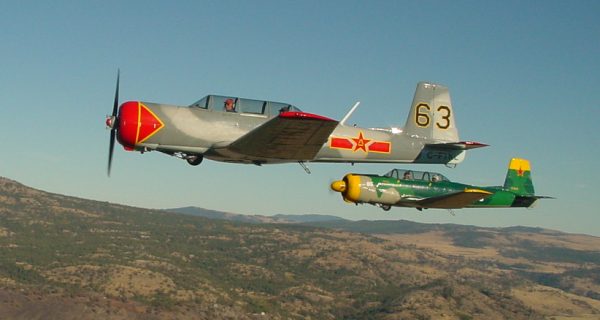 Ex-Military Aircraft
Ex-Military Aircraft
COPA was a key sponsor and supporter of simplified rules that would allow Canadians to own and fly ex-military aircraft. Today, almost all ex-military aircraft operating in Canada today are doing so as a result of this action.
Importation of Amateur-Built Aircraft
COPA was the driving force behind changes in Airworthiness Manual Chapter 549 (now CAR 507 Appendix C) to allow the importation of amateur-builts from other countries.
Owner-Maintenance Aircraft
COPA helped develop the Owner-maintenance Aircraft Category to assist owners of older, unsupported aircraft save money on the cost of parts and maintenance. In September 2004, we successfully lobbied to add 13 more aircraft types to the list of accepted O-M aircraft.
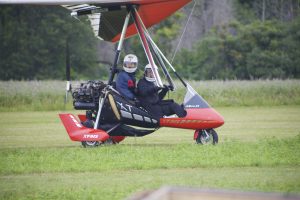 Ultralight Passenger-Carrying
Ultralight Passenger-Carrying
The association spear-headed the effort to permit passenger-carrying in ultralights. The final rule is in development.
NavCanada
Weather Information
COPA successfully lobbied NavCanada to develop free Internet online weather information and deliver weather products in a plain-language format. Thanks to our collaborative working relationship with NavCanada, COPA is providing direct feedback on the installation of AWOS systems across the country.
GPS Waypoints on VFR Terminal Charts
COPA’s lobbying pursuaded NavCanada to follow the American example of adding the coordinates of VFR call-up landmarks on VFR Terminal Charts so they can be included in GPS navigation receiver databases.
Transport Canada
Medical Improvements
COPA was successful in persuading Transport Canada to extend the sign-off period for pilot medical renewals by Civil Aviation Medical Examiners to the full term of the medical. COPA also negotiated longer periods between medicals for non-commercial pilots – increasing validity for those PPL-holders under 40 from two years to five years and those over 40 from one year to two.
Simplified Recency Requirements
COPA requested changes to CAR 421.05 to make it much easier for non-TC organizations to put on a “Rust Remover” program that will officially count as two year recency training. Our accredited Rust Remover program is popular with members and COPA Flights across the country as a means of maintaining recency and recurrency.
Freelance Instructing
The association worked with the Air Transport Association of Canada to level the playing field between flying schools and freelance instructors without unduly restricting freelance work.
Preventing Applicability of Commercial IFR Approach Ban Rules to Private IFR Flights
On September 21st 2006 Transport Canada published their final decision that private IFR flights would not be subject to the new and very onerous IFR approach ban requirements imposed on commercial airlines. Originally TC had proposed changing the rules for all IFR flights, but COPA successfully argued that private IFR flying was not driving the dismal IFR approach safety record.
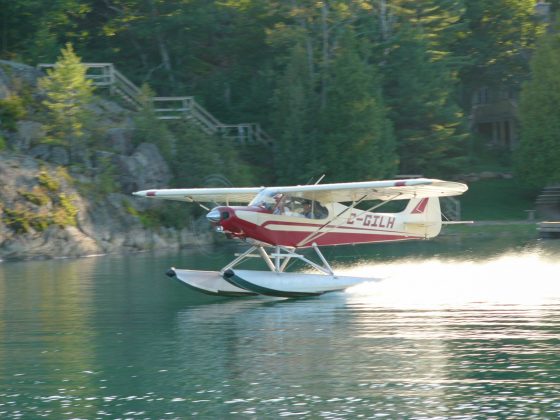 Provincial
Provincial
Provincial Parks Access
COPA has successfully worked with many agencies and organizations to ensure that floatplanes retain access to provincial parks in BC and Ontario.
International/Transborder
Ultralight Border Crossings
COPA helped facilitate approval for cross-border flights of ultralight aircraft between Canada and the United States
US Overflights
The Federal Aviation Administration responded positively to COPA feedback by not applying overflight fees to aircraft flying point-to-point in Canada via American airspace. When new Homeland Security restrictions requiring eAPIS filings for all flights transiting US airsapce were brought into force without notice in 2015, COPA joined industry partners in successfully removing this requirement for point-to-point flights within Canada.
CANPASS
COPA worked with Canada Revenue Agency to bring CANPASS back into existence after it was suspended in the wake of 9/11.
